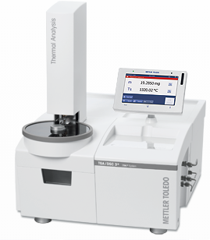
Thermal Gravimetric Analysis (TGA) is an essential analytical technique that measures weight changes in a material as a function of temperature or time. It is particularly valuable for understanding the thermal stability and composition of materials, providing insights into:
TGA Process Overview
Applications of TGA in Material Characterization
Why Choose The Solubility Company for TGA Analysis?

Evaluating the temperature range of material stability for processing and application purposes

Determining decomposition stages and associated weight losses for material safety and quality.

Estimating the material's lifespan under different environmental conditions.

Viikinkaari 4
00790 Helsinki
FINLAND
1 Broadway
Cambridge MA 01242
United States